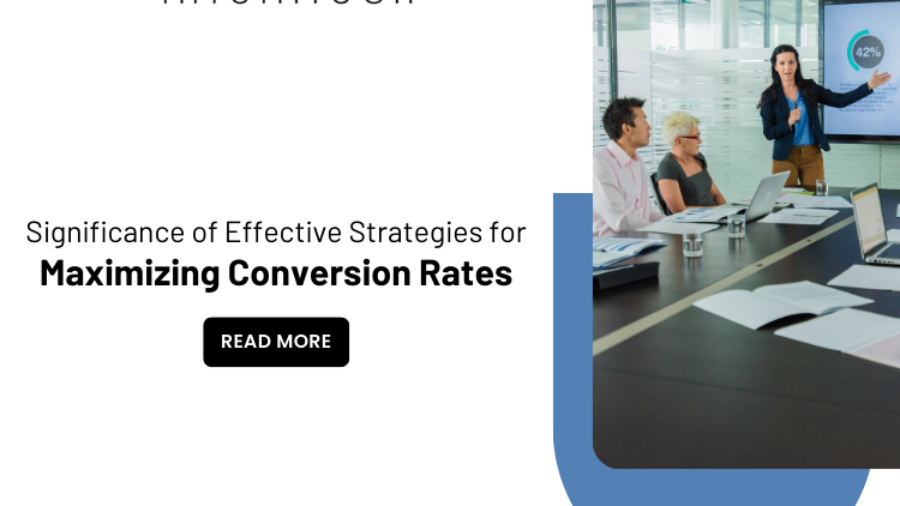In the realm of business, where competition is fierce and attention spans are fleeting, the ability to convert leads into customers is paramount. Conversion rates, the metric that measures the percentage of visitors who take a desired action, whether it's making a purchase, signing up for a newsletter, or downloading an app, can make or break a company's success. In this digital age, where consumers are inundated with choices, standing out and compelling action requires more than just luck—it demands a well-crafted strategy.
Know Your Audience
Understanding your target audience is the cornerstone of effective marketing. What are their pain points, desires, and preferences? By conducting thorough market research and leveraging data analytics, businesses can create personalized experiences that resonate with their audience, ultimately leading to higher conversion rates.
Optimize User Experience
A seamless and intuitive user experience is essential for driving conversions. From fast-loading web pages to clear and compelling calls-to-action (CTAs), every interaction should be designed to facilitate the user's journey towards conversion. Conducting usability tests and gathering feedback can help identify pain points and areas for improvement.
Create Compelling Content
Content is king, and creating high-quality, relevant content is key to engaging and converting prospects. Whether it's informative blog posts, captivating videos, or persuasive product descriptions, content should provide value to the audience while subtly guiding them towards conversion.
Conclusion
By employing effective strategies tailored to their unique needs and audience, businesses can enhance their ability to convert leads into customers, driving revenue and fostering long-term relationships. Understanding the audience, optimizing the user experience, and leveraging every aspect of the conversion journey play a crucial role in achieving success. As technology evolves and consumer behavior shifts, businesses must remain agile and adaptive, continuously refining their strategies to stay ahead of the curve and unlock their full potential.




